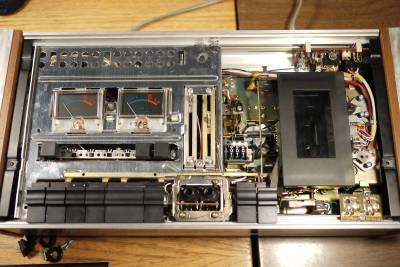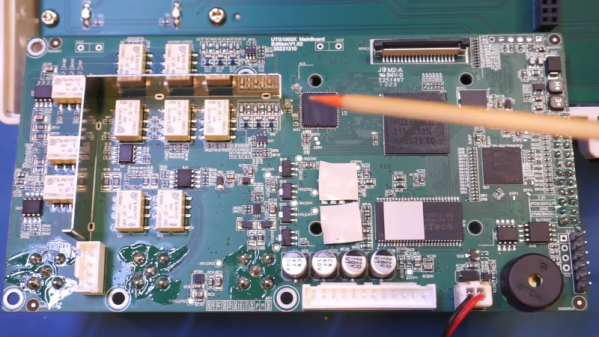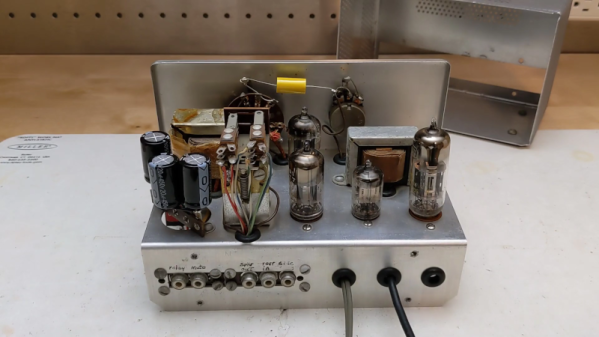The Surface Arc is a designed-for-travel mouse that carries flat, but curves into shape for use. It even turns on when it’s bent and shuts itself off when it’s flat. The device isn’t particularly new, but [Mr Teardown] was a bit surprised at the lack of details about what’s inside so tears it down in a video to reveal just how the mechanism works.

The snap-action of the bending is accomplished with the help of a magnetic connection near the bottom end of the mouse’s “tail”, locking it into place when flexed. Interestingly, the on and off functionality does not involve magnets at all. Power control is accomplished by a little tab that physically actuates a microswitch.
There are a few interesting design bits that we weren’t expecting. For example, there is no mechanical scroll wheel. The mouse delivers similar functionality with touch sensors and a haptic feedback motor to simulate the feel and operation of a mechanical scroll wheel.
[Mr Teardown] finds the design elegant and effective, but we can’t help but notice it also seems perhaps not as optimized as it could be. There are over 70 components in all, including 23 screws (eight different kinds!), and it took [Mr Teardown] the better part of 45 minutes to re-assemble it. You can watch the entire teardown in the video embedded just under the page break; it’s a neat piece of hardware for sure.
If you’re in the mood for another mouse teardown, we have a treat for you: an ancient optical mouse from the 80s that required a special surface to work.
[via Core77]
Continue reading “The Secret Behind The Motion Of Microsoft’s Bendy Mouse”



 The Tandberg unit is beautifully finished in wood and metal, a style of construction that’s fairly rare these days. It’s got big, chunky controls, and a certain level of heft that is out of vogue in modern electronics. Heavy used to mean good — these days, it means old. That’s not to say it’s indestructible, though. It’s full of lots of old plastic pulleys and fasteners that have aged over the decades, so it’s a little fragile inside.
The Tandberg unit is beautifully finished in wood and metal, a style of construction that’s fairly rare these days. It’s got big, chunky controls, and a certain level of heft that is out of vogue in modern electronics. Heavy used to mean good — these days, it means old. That’s not to say it’s indestructible, though. It’s full of lots of old plastic pulleys and fasteners that have aged over the decades, so it’s a little fragile inside.













